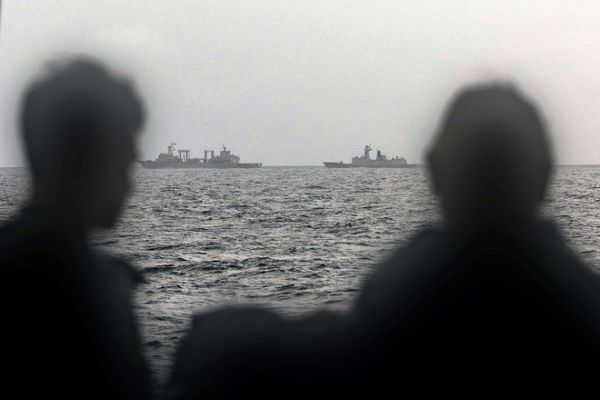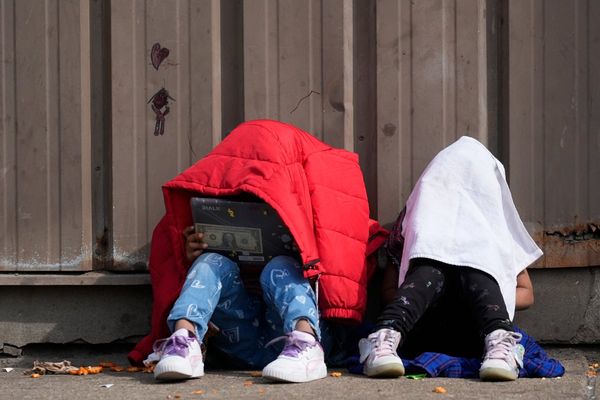
What Was the Bretton Woods Agreement?
The Bretton Woods Agreement was a pact by Allied forces to create a new monetary system and the institutions that would implement and facilitate that system in the aftermath of World War II.
A Brief History of Bretton Woods
With the end of the war in sight, the U.S. and 43 Allied nations convened in a meeting formally known as the United Nations Monetary and Financial Conference at a hotel in Bretton Woods, New Hampshire in July 1944. They discussed the creation of an international monetary system—which became known as the Bretton Woods System—aimed at providing stability to the world’s economy after the war. The agreement also led to the creation of several institutions to facilitate that system and to assist in the economic development of various countries.
What Institutions Were Established by the Bretton Woods Agreement?
Two major institutions were established during the Bretton Woods conference in 1944: the International Monetary Fund (IMF) and the International Bank for Reconstruction and Development (IBRD), which later became the World Bank. Together they paved the path for global financial and economic cooperation. The IMF helped to supervise the fixed exchange rate regime and to shore up countries’ reserves if they faced deficits. The IBRD was tasked with providing loans to countries for their economic development.
In 1945, President Roosevelt signed into law the Bretton Woods Agreement Act, which helped to provide funding for the IMF and the IBRD, and the U.S. became a major stakeholder in both.
Separately, the General Agreement on Tariffs and Trade (GATT) was created in 1947 to reduce tariffs and trade barriers, and that paved the way for the creation of the World Trade Organization (WTO) in 1995.
What Was the Impact of the Bretton Woods Agreement on the World Order?
The IMF helped to provide stability in the foreign exchange market and to settle international payments between countries. The World Bank set out on a mission to help alleviate poverty, and it served as a model for the creation of banks similar in scope, such as the Asian Development Bank in 1966, which focuses on the Asia-Pacific region with major stakeholders including Japan and the U.S.
In 1956, the World Bank established the International Finance Corporation, a unit that specializes in encouraging private investment in developing countries.
What Is the Legacy of the Bretton Woods Agreement?
Despite the end of the fixed exchange rate regime and the Bretton Woods system in the 1970s, the institutions spawned by the agreement lingered and have been a major force in the global economy—stabilizing nations that would otherwise collapse onto themselves.
The IMF became known as the lender of last resort in helping to bail out countries faced with financial and economic crises, and, for some, political fallout. The World Bank helped to provide economic assistance and guidance to developing nations for prosperity and poverty eradication.
In 1976, the IMF assisted Greece. It went on to aid Mexico in 1982 and again in 1994. In the 1990s, the IMF gained prominence by providing financial rescue packages to developing but larger countries in crisis: India and Russia. During the East Asia Financial Crisis of 1997–98, billions of dollars in aid were provided to Thailand, Indonesia, and the Philippines. The organization’s financial assistance continued into the 21st century, assisting Argentina, Brazil, and Portugal during times of crisis.
However, the IMF has been criticized for setting austerity measures as conditions for nations receiving bailouts. In some cases, criticism is aimed at extreme measures that come at the expense of alleviating poverty.
Additionally, the World Trade Organization, which traces its origins to the General Agreement on Tariffs and Trade, has been criticized for setting policies that tend to favor developed nations over developing countries.







